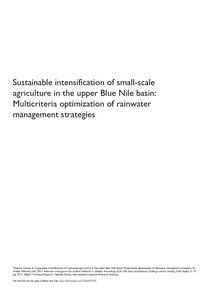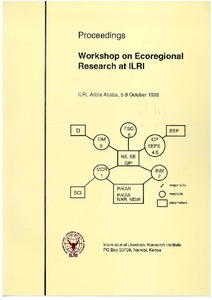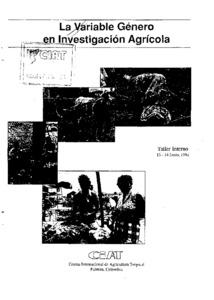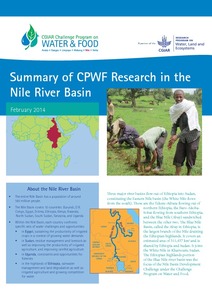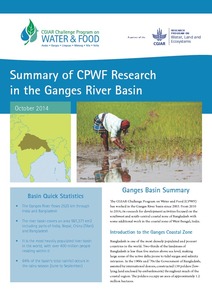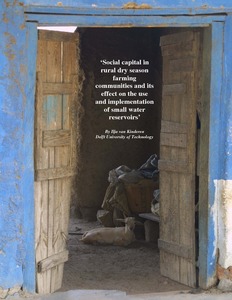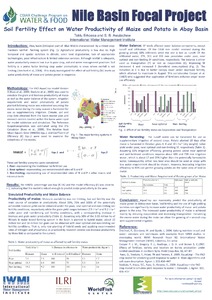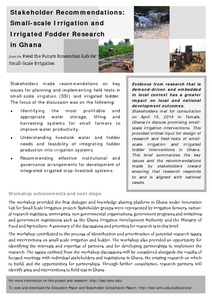Sustainable intensification of small-scale agriculture in the upper Blue Nile basin: Multicriteria optimization of rainwater management strategies
Using a multi-criteria optimization technique for system analysis, this paper quantitatively characterizes baseline production activities, resource management and environmental relationships of the mixed crop–livestock farming system at the Jaba micro-watershed, upper Blue Nile Basin, to get insights that inform sustainable intensification of small-scale agriculture.
System prototyping and simulation modelling in mixed farming systems
A project proposal whose aim is to promote more appropriate resource management on smallholder crop-livestock farms in East Africa is described. Prototypes of mixed farming systems will be developed to characterise farming systems according to their management objectives. These prototypes will then be used to map improvements of the farming systems by combining prototyping and simulation modelling. Scenarios will be explored to assess natural resource management interventions that promote sustainability of these prototype-farming systmes.
Taller Interno La Variable Género en Investigación Agrícola (1991, Palmira, Colombia). La variable género en investigación agrícola
Tana River Basin, Kenya: geodatabase and mapping tool. User guide
Strengthening livelihood resilience in upper catchments of dry areas by integrated natural resources management
The Livelihood Resilience project evolved around the hypothesis that better integrated
management can improve the livelihoods of poor farming communities and increase the
environmental integrity and water productivity of upstream watersheds in dry areas. This
hypothesis was tested by researchers from different Iranian research and executive organizations
and farming communities in two benchmark research watersheds in upper Karkheh River Basin in
Iran, under the guidance of the ICARDA scientists. Participatory technology development, water,
Summary of CPWF research in the Nile river basin
Three major river basins flow out of Ethiopia into Sudan, constituting the Eastern Nile basin (the White Nile flows from the south). These are the Tekeze-Atbara flowing out of northern Ethiopia, the Baro-Akoba- Sobat flowing from southern Ethiopia, and the Blue Nile (Abay) sandwiched between the other two. The Blue Nile Basin, called the Abay in Ethiopia, is the largest branch of the Nile draining the Ethiopian highlands. It covers an estimated area of 311,437 square kilometers and is shared by Ethiopia and Sudan. It joins the White Nile in Khartoum, Sudan.
Summary of CPWF Research in the Ganges River Basin
The CGIAR Challenge Program on Water and Food (CPWF) has worked in the Ganges River basin since 2003. From 2010 to 2014, its research for development activities focused on the southwest and south-central coastal zone of Bangladesh with some additional work in the coastal zone of West Bengal, India. In most polders the primary limiting factors are poor water management due to the lack of systematic operation of sluice gates; lack of separation of lands of varying elevations; and siltation of the irrigation and drainage canals within polders.
Summary of CPWF Research in the Limpopo River Basin
In 2009, the CGIAR Challenge Program on Water and Food (CPWF) set out to “improve governance and management of rainwater and small water infrastructure in the Limpopo basin to raise productivity, reduce poverty, and improve livelihoods resilience.” Over the following four years, CPWF, led by the Food, Agriculture and Natural Resources Policy Analysis Network (FANRPAN) and partners, coordinated five inter-connected research- for-development projects in the basin. The program


